Editors’ Picks




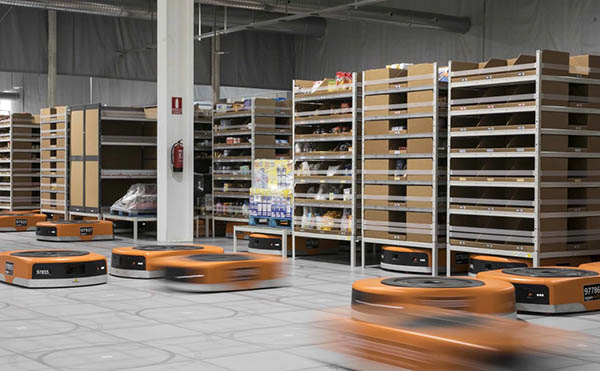
Found in Robotics News & Content, with a score of 6.41
…this, they’re using AWS technologies such as AI for neural networks and computer vision, data streaming, storage and analytics from the edge to the cloud. But how do we make this technology “just work” for the people who are operating or working alongside the robots? One of the key behind-the-scenes components is what the Amazon Robotics team calls “comprehensive device management,” or CDM. It’s the underpinning of how Amazon Robotics and its many development teams are able to rapidly grow, monitor and manage their fleets at scale. And rather than the sometimes flashy and most talked about technologies, it’s back-end…
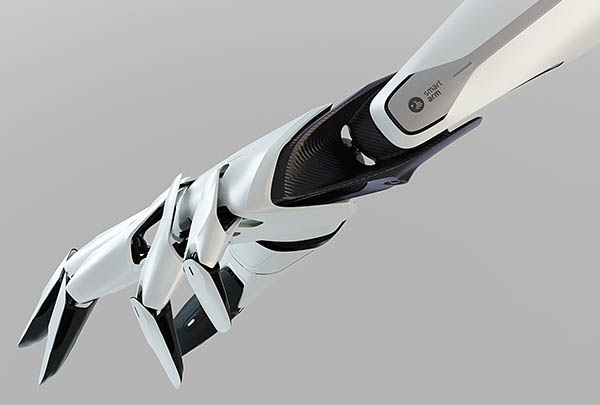
Found in Robotics News & Content, with a score of 10.20
…officer of Neurala. He described the use of deep neural networks (DNNs) for “trainable feature extractors” in quality inspection. In other AI techniques, trying to train for all possible variations leads to infinite branching. “The system needs to correct wrong inferences,” Gorchet said. “We've replaced deduction with induction and added the ability to add knowledge on the fly,” he added. “Systems need less training and less images.” “What about computation at the edge?” asked Tom Ryden, executive director of MassRobotics and moderator of the panel discussion. “Yes, we can do it [AI processing] on the factory floor,” replied Gorchet. Boston-based…
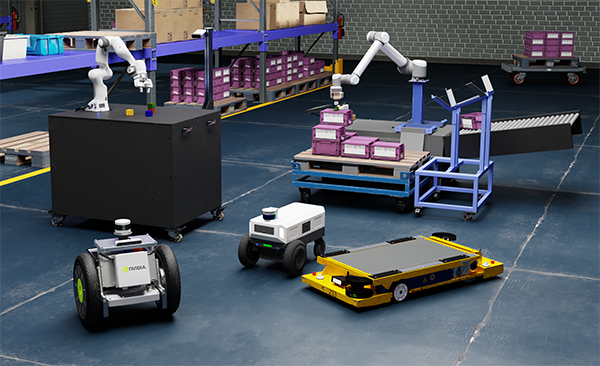
Found in Robotics News & Content, with a score of 8.12
…training of machine learning (ML) models by exposing the neural network to a wide variety of domain parameters in simulation. Isaac Sim can ensure that the synthetic dataset contains sufficient diversity to drive robust model performance, said NVIDIA. This will help the model to generalize when it encounters real-world scenarios. “If we can throw in a lot of data—say, by varying the color or location of a garbage can—we can test what's important for the robot to understand or to ignore,” explained Andrews. NVIDIA said Isaac Sim open beta enables users to define a region for randomization. Developers can now…

Found in Robotics News & Content, with a score of 9.68
…hadn't realized,” she said. “I was looking at using neural networks to model how people grasped objects and computer vision for manipulation back in 1994. I very rarely look back, and it was good work.” ACM also noted that Howard introduced fuzzy logic methods to model environmental uncertainty that advanced terrain classification in field robotics. NASA's SnoMote robots studied the effects of global warming on the Antarctic ice shelves. It led to the discovery of evidence of never-before-observed life on Antarctica’s sea floor. Ayanna Howard, dean of the College of Engineering at Ohio State. Source: The Ohio State University In…
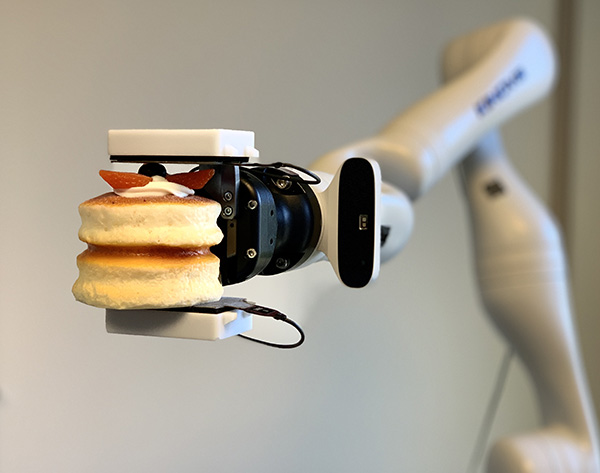
Found in Robotics News & Content, with a score of 10.17
…computer vision—this is state of the art—we use existing networks and a form of transfer learning.” “We work a lot outside of robotics, and we use existing data sets in those spaces,” said Sullivan. “We start with a pretrained network and fine-tune the back end. A lot of effort going into minimizing the amount of data being used. It's major thread of research throughout the computer vision community.” “In bin picking, we recently trained a neural network to determine shape and poses so it could pick one object at a time,” he said. “What is the thing—say it's a bunch…
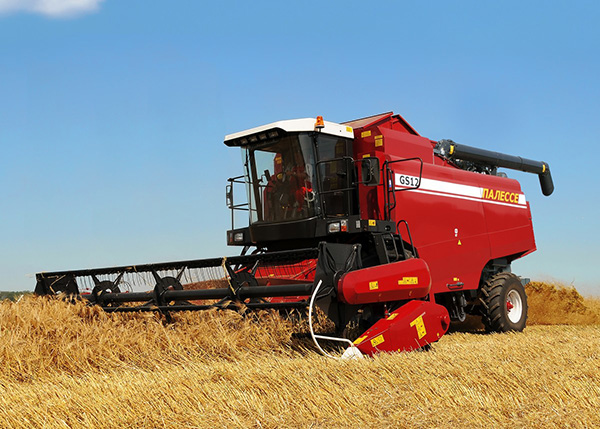
Found in Robotics News & Content, with a score of 11.92
…at Cognitive Pilot. By using a deep learning convolutional neural network fine-tuned for agronomic purposes, it can understand the types and positions of objects facing the machinery, build movement trajectories, and send commands to perform maneuvers. Cognitive Agro Pilot precisely sees the environment around the equipment and works without satellite signals and real-time kinematic (RTK) corrections, the company said. The system can reduce harvesting time by an average of 25% and reduce direct crop losses from 8% to 13%, said Cognitive Pilot. It can increase the daily output of a machine operator by up to 25%, it said. With the…
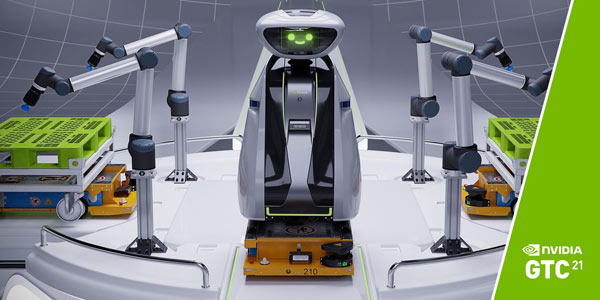
Found in Robotics News & Content, with a score of 9.84
…types of garbage and recyclables and run on the network in real time,” said Jason Calaiaro, co-founder and head of engineering at AMP Robotics. “The end-to-end workflow from NVIDIA can train the neural network. We're using TensorRT and increased performance tenfold. Think of different configurations of cans—some can be crushed or in different positions. We can now recycle 90% of that garbage.” Erik Nieves, CEO of Plus One Robotics in San Antonio, Texas, provided case studies of AI-powered mobile robots that can use computer vision to work with humans in real-world warehouses. The throughput goals, product packaging, and level of…
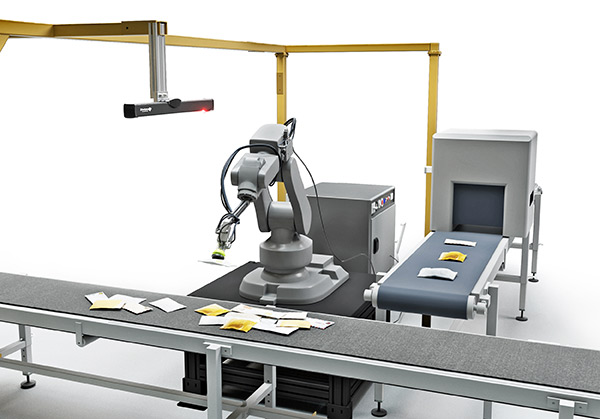
Found in Robotics News & Content, with a score of 37.01
…the most popular class of models is represented by neural networks, thanks to their ability to generalize. Neural networks can adapt to new, previously unseen data and recognize objects that they have never seen before. This capability is widely used in applications that require the recognition and handling of items that differ in shape, size, color, or material. Examples include automated picking of mixed objects from a bin, robotic unloading of pallets loaded with boxes of various shapes and sizes, and the singulation and sorting of all types of parcels. The benefit of classical neural networks is that they can…

Found in Robotics News & Content, with a score of 16.09
…obstacle via a deep learning technique called generative adversarial networks (GANs). This approach automatically identifies features or patterns in available input data and then uses the information to generate synthetic data with characteristics similar to physical data from the original dataset. GANs produce realistic data by training a generator network that outputs synthetic data. A discriminator network then tries to classify this output as either genuine physical data or synthetic data. The two networks essentially train each other until the discriminator network is fooled about half the time, indicating that the generator network is producing plausible data. The GAN approach…

Found in Robotics News & Content, with a score of 21.56
…developed an IoT solution that works as a serverless neural network where communications take place without the need of a central server. This provides a new level of redundancy, as there is no danger of attack at one node that may compromise the rest of the network. The Factory Management module offers multiple packages to integrate Smart3D systems with the company’s ERP, enabling management of the factory’s full workflow. Smart3D Macro is shipping. Interested customers may turn to their local resellers or contact Industry Supplies for further information and availability. Sources: Press materials received from the company and additional information…
Found in Robotics News & Content, with a score of 31.50
…deep learning workflow that uses NVIDIA GPUs to accelerate neural network training to scale up performance across nodes. “The NVIDIA Deep Learning Institute plays a crucial role in developing hands-on training and showcasing how to use new techniques like deep learning to solve complex problems,” says David Rich, director, MATLAB marketing, MathWorks. “This course offers a practical approach to deep learning that will help NVIDIA users to iterate quickly and converge on a solution that meets product and time-to-market requirements.” “There’s been a surge of interest in the Deep Learning with MATLAB course using NVIDIA GPUs,” said Will Ramey, senior…
Found in Robotics News & Content, with a score of 10.84
…group Safran (Spain) used simulation models to train a neural network used for active monitoring and prediction of anomalies of a hydraulic press. Using simulation models to generate data representing faulty machines allowed them to overcome the difficulty posed by a lack of real failure data from their machines. This makes it clear that there is a great opportunity for companies to bring together their data science and engineering communities to generate the necessary equipment failure data through engineering simulation tools, and then use that data to better train predictive maintenance algorithms. Software simulation tools simplify this process, as they…



